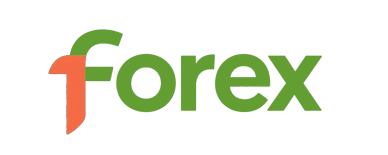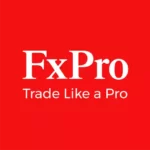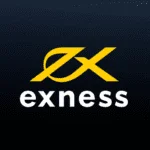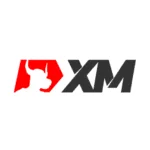Exploring the MT4 trading interface: detailed functional explanation and operation skills
In the field of foreign exchange trading, MetaTrader4(MT4) is undoubtedly a trading artifact without quer. As a powerful and popular trading terminal, MT4 trading interface design is simple and clear, but also contains a wealth of functions. For novice traders, the interface of MT4 may seem complicated, but for traders familiar with its functions, it is undoubtedly a handy tool.

The interface of MT4 mainly consists of several core areas: toolbar, shortcut menu, chart area, trading window, market watch window and status bar. These regions perform their respective functions, but are closely linked to provide traders with a full range of trading support.
The toolbar is located at the top of the interface and is the core control center of MT4. It contains buttons for common functions such as starting a transaction, opening a chart, creating a new order, editing an order, and canceling an order. For traders, the existence of the toolbar greatly improves the efficiency of operation and avoids cumbersome menu operations.
Next is the shortcut menu, which is usually located below the toolbar. The shortcut menu is mainly used for quick access to frequently used functions, such as adding indicators, drawing graphics, managing templates, etc. Through the shortcut menu, traders can quickly call up the tools they need without having to look up layers in the menu, which greatly improves the speed of operation.
The chart area is the core part of the MT4 interface and occupies most of the space of the interface. The chart area is mainly used to display price movements, and traders can analyze market movements by selecting different time periods (such as hourly, daily, weekly, etc.). MT4 supports a variety of chart types, including K-chart, line chart, bar chart, etc., to meet the needs of different traders.
The trading window is another important part of the MT4 interface. It is mainly used to display current trade orders, market depth and turnover. Traders can monitor the status of orders in real time through the trading window and quickly perform trading operations. MT4 also supports custom trading windows, allowing traders to adapt the display to their needs.
The market watch window is located on the right side of the interface and is mainly used to display various financial products in the market, including foreign exchange, stocks, indices, etc. Traders can quickly jump to the desired trading instrument through the Market Watch window to view its price movement and related data. The market watch window is a very practical tool for multi-species traders.
The status bar is located at the bottom of the interface and is used to display the status information of the current trading account, including account balance, available funds, floating profit and loss, etc. The information in the status bar is updated very timely, and traders can keep abreast of the latest developments in the account.
Through the introduction of the above parts, we can see that the trading interface of MT4 is designed very reasonably. Each area has its own unique functions and cooperates with each other to provide traders with an efficient and convenient trading environment. Both novice and experienced traders can find their own way of operation in the MT4 interface.
In addition to the basic interface features, MT4 also provides many advanced features that further enhance the trader's operational efficiency. For example, MT4 supports custom indicators and scripts, and traders can write custom tools to implement personalized trading strategies according to their needs.
In the chart area, MT4 supports the addition of various technical indicators and graphical tools. Technical indicators can help traders analyze the strength of price movements, overbought and oversold conditions, etc., while graphical tools can help traders draw support lines, resistance lines, trend lines, etc., to assist in determining price movements. MT4 also supports saving common indicators and graphical tools as templates for traders to quickly call.
The MT4 trading window also supports a variety of order types, such as market orders, limit orders, stop orders, take profit orders, etc. Traders can choose the right order type according to their trading strategy to automate trading. For example, by placing stop-loss and take-profit orders, traders can effectively control risk and ensure timely closing of positions in adverse situations.
For multi-account management, MT4 also provides strong support. Traders can monitor and operate multiple trading accounts at the same time through the multi-account management function of MT4. This feature is particularly suitable for traders who trade multiple instruments or manage multiple accounts at the same time, greatly improving operational efficiency.
In addition to being powerful, the interface design of MT4 is also very focused on user experience. MT4 supports custom interface layout, traders can adjust the position and size of various areas according to their own habits. For example, traders can set the chart area larger to see the price movement more clearly, or move the trading window to a more convenient position.
MT4 also supports multi-language interface, traders can choose the interface language according to their language habits. This user-friendly design allows the MT4 to meet the needs of global traders.
MT4's trading interface is not only powerful, but also well-designed, making it ideal for all types of traders. Both novice and experienced traders can find their own way of operation through the MT4 interface. For those who wish to succeed in the Forex market, familiarizing themselves with the trading interface of the MT4 is certainly an important starting point. Through continuous learning and practice, traders can give full play to the power of MT4 and achieve their trading goals.

























